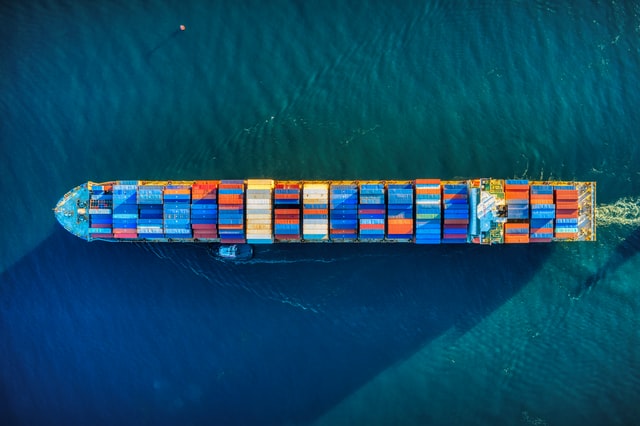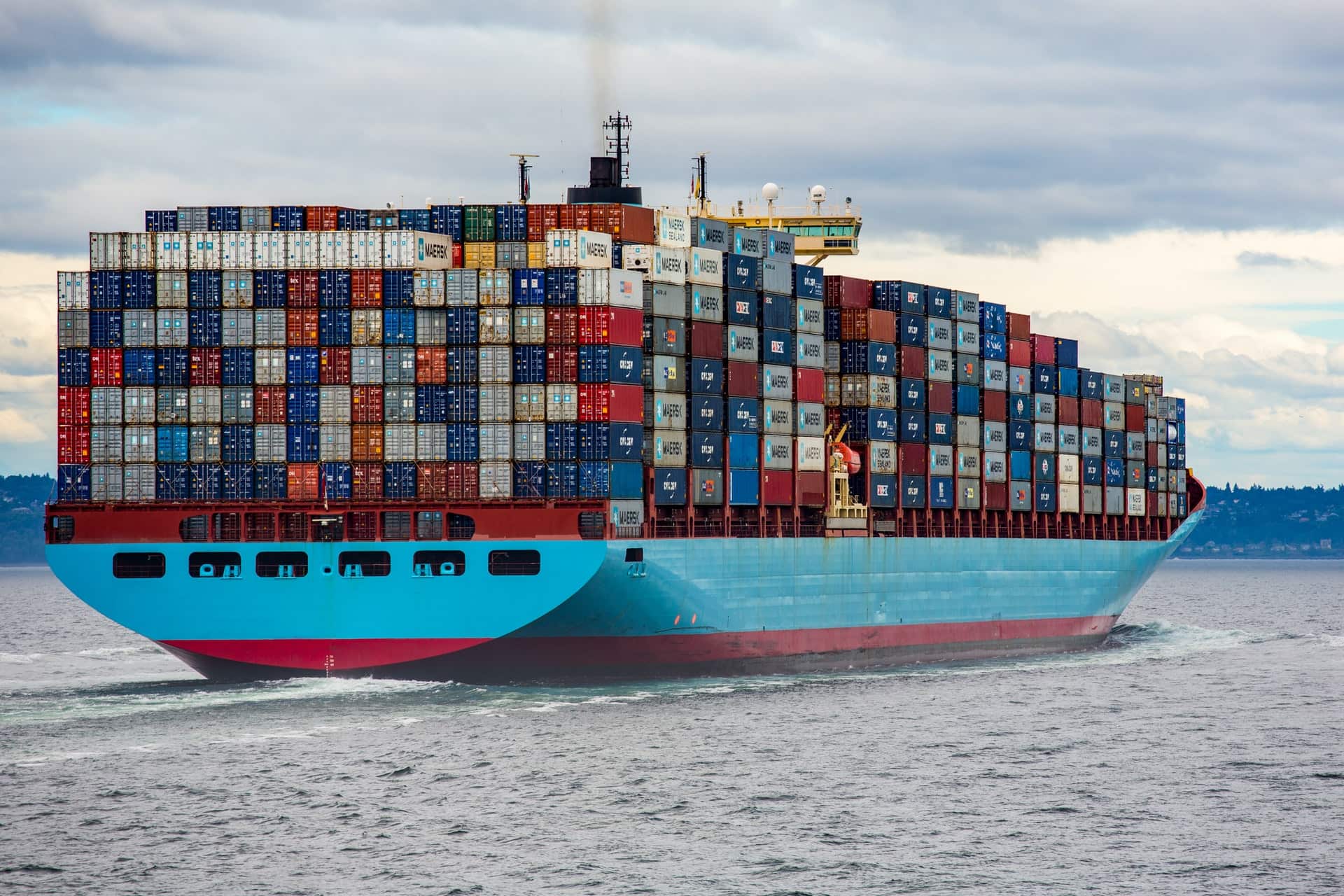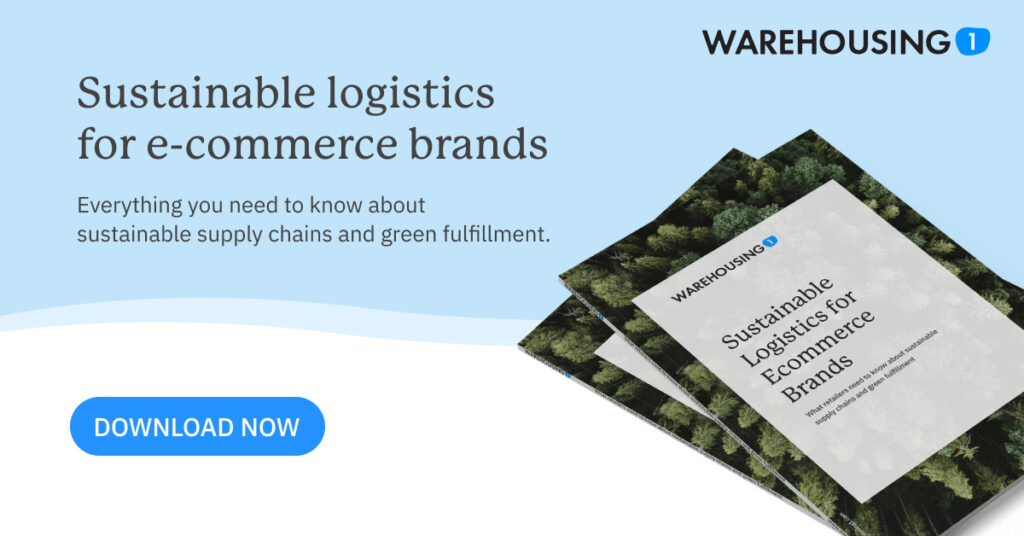Environmental protection, sustainable strategies and compliance with corporate social responsibility (CSR for short) have been gaining increasing relevance in many companies for years. A central part of sustainability management is also "sustainable procurement". Sustainable procurement describes a process in which products and services - from materials procurement through final manufacture to disposal - are acquired and used with particular attention to environmentally friendly and socially responsible factors. Sustainable procurement is also referred to as "sustainable procurement" and firmly integrates all requirements and criteria relating to environmental protection into purchasing decision-making and corporate processes. This involves not only classic ESG factors, such as saving resources or CO2 emissions, but also topics such as health protection, fair treatment of all employees, transparent supply chains and clear sources of supply. Yet this part of the sustainability strategy poses enormous challenges for many companies. However, this article will explain in more detail why the integration of sustainable procurement processes also offers opportunities and how a company can make its procurement processes more sustainable.
Table of contents:
- Advantages of sustainable procurement: Identifying and exploiting opportunities
- Global Sourcing v.s. Local Sourcing: A Comparison
- Global Sourcing vs. Local Sourcing: What is suitable for my company?
- Conclusion
Advantages of sustainable procurement: Identifying and exploiting opportunities
The implementation of CSR aspects initially causes headaches for many companies, as they are often associated with complex change processes and increased costs. Companies should not categorically rule out a change to more sustainable procurement processes, as there are many aspects that speak in favor of a more sustainable orientation and can bring long-term benefits. For one, consumer demand for sustainably sourced products has been growing for years. This increases the external pressure enormously when it comes to designing sustainable procurement processes. On the other hand, there is currently also an increased reorientation of investors towards so-called "ESG investments". The abbreviation "ESG" stands for "Environmental, Social, Governance". These ESG investments are based on various sustainability criteria, which can differ somewhat depending on the provider and financial product. A good overview of what ESG investments and the criteria are all about can be found at klimavest.de.
Procurement and management with sustainable products can therefore have a positive impact on the economic independence and long-term success of a company, because sustainable products by their very nature conserve energy and resources and thus ensure lower costs throughout the entire value chain. At the same time, sustainable procurement also has a positive impact on a company's image, as many customers today attach greater importance to sustainably manufactured products. Be it in the fashion, food or energy sectors. Sustainability is playing an increasingly relevant role, especially for the Millennial generation. A study by PWC, for example, found that two-thirds of the millennials surveyed pay attention to sustainability when shopping. At the same time, millennials are probably one of the consumer groups with the greatest purchasing power. It is therefore worthwhile to build up a positive image with regard to sustainability, as this can have a positive impact on customer loyalty in the long term.
Global Sourcing v.s. Local Sourcing: A Comparison
Trade today is more globalized than ever, and supply chains are usually oriented around one factor: the best price. Traders or producers buy high-quality products and materials for resale or for the manufacture of their own goods wherever they are cheapest. This process is also generally referred to as "global sourcing". However, this type of sourcing often comes with disadvantages. The supply chains and transport routes are long, the costs of transport are high, there are numerous regulations to observe and one has to deal with issues such as customs clearance and import requirements. In contrast, there is a process that is more related to the procurement of local goods and services. This is also referred to as "local sourcing". Before a company decides on a particular type of procurement, it is advisable to draw up a detailed list of the pros and cons in order to find the best solution for its own needs and those of its customers. In the following, we will therefore discuss the respective advantages of the individual sourcing variants.

Advantages of Global Sourcing:
The advantages of global sourcing are obvious. Suitable products of good quality can be purchased where they are produced particularly cheaply and therefore also sold cheaply. This enables online stores or manufacturers to offer significantly lower prices for their own products, which can bring enormous competitive advantages. Furthermore, companies also benefit from global availability and extreme price differences. For example, economic fluctuations and high inflation rates in one's own country can be cleverly circumvented with the help of global sourcing. This again has a positive effect on the company's own pricing or even the margin on sales.
Disadvantages of Global Sourcing:
In addition to all the advantages mentioned in the previous section, global sourcing naturally also entails some disadvantages and risks. First of all, the enormous effort should be mentioned in this context. Global sourcing involves a lot of work due to many unpredictable risks and uncertainties. These include issues such as customs clearance, time management and government regulations. But also issues such as political instability in some countries, but possibly also language differences play a role. Furthermore, the logistical effort involved in global sourcing is significantly greater. Different stakeholders in different parts of the world with different ways of working and different views have to be supplied with information to enable a constant exchange. This is a time-consuming task that requires a lot of experience and should not be underestimated.
Furthermore, the entire logistics can also be described as an enormous effort or risk. Due to worldwide procurement of goods, long transport routes are created, which are coupled with long delivery times and high costs.Long distances primarily also mean more CO2 emissions. But because of the economies of scale in transport, it is worth doing the math. A container traveling by sea on a container ship with thousands of other containers from Asia to Hamburg may cause fewer emissions than a truckload from Spain. But on the long voyage, unforeseen events can interrupt these supply chains, leading to bottlenecks in the company's own inventory. This can have sometimes drastic consequences for many companies.
Advantages of Local Sourcing
Considering all the risks and efforts that are behind global sourcing, local sourcing can bring some advantages. With local sourcing, goods and materials are procured from dealers who are geographically close by. This of course means shorter transport distances. Because of this, retailers can better replenish their stocks to avoid supply bottlenecks, for example. Furthermore, with local sourcing, working conditions can also be better controlled, as Europe simply has higher standards here. This also plays a central role in the ESG context. Furthermore, the overall workload is lower, as fewer stakeholders need to be involved in fewer places. Retailers can of course also use local sourcing in their external communications to give customers a good feeling about their purchasing decisions.
Disadvantages of Local Sourcing:
Unlike global sourcing, local sourcing makes buyers much more dependent on local suppliers. This may also mean less choice in terms of individual goods or their quality. Local sourcing also often results in higher prices and less choice in purchasing, which affects prices for end customers. If the quality of the products does not meet their own expectations, brands that rely on local sourcing may still be reliant on that product because the choices are few or non-existent.
Global Sourcing vs. Local Sourcing: What is suitable for my company?
Now we know the basic advantages and disadvantages of global and local sourcing. However, many readers will now certainly ask themselves which of the two variants is better suited for their own company. Unfortunately, this question is not so easy to answer across the board. It is advisable to take a close look at your own company and supply chains and weigh them up:
- Do I need products that I can't get locally or not in good quality?
- Do I have the necessary know-how and manpower to take care of locally branched supply chains?
- Do I place high value on short supply chains or can I also accept longer waiting times?
- Do your customers pay attention to where you source your products?
- Could sustainable procurement lead to a better image and more loyal customers?
Retailers and buyers should weigh these factors carefully. Overall, a combination of global and local sourcing is certainly particularly suitable for many companies. Not all goods and raw materials are always procurable locally and in sufficient quality, so that one must exhibit here anyway. The combination of both procurement types is for many enterprises thus a good possibility, in order to remain independent and flexible. Whether a combination makes sense for your company in every case must of course be weighed up on a case-by-case basis, as described above.
Conclusion:
Sustainable procurement is a complicated process in which many internal and external factors come into play. The establishment of sustainable procurement processes in a company's own corporate culture is not always met with open arms, but it can often be worthwhile in the long term and bring competitive advantages for companies. Customers are placing ever greater value on sustainable products, which is why many companies will have to address sustainable procurement sooner or later in order to remain competitive in the long term.
If you and your company are currently facing supply chain challenges or want to change your sourcing from global to local, for example, Warehousing1 is just the right partner for you. With around 1,000 partner locations across Germany and Europe, we can find the perfect fulfillment service provider for you and your company. Send us an inquiry - one of our account managers will get back to you within 24 hours..




